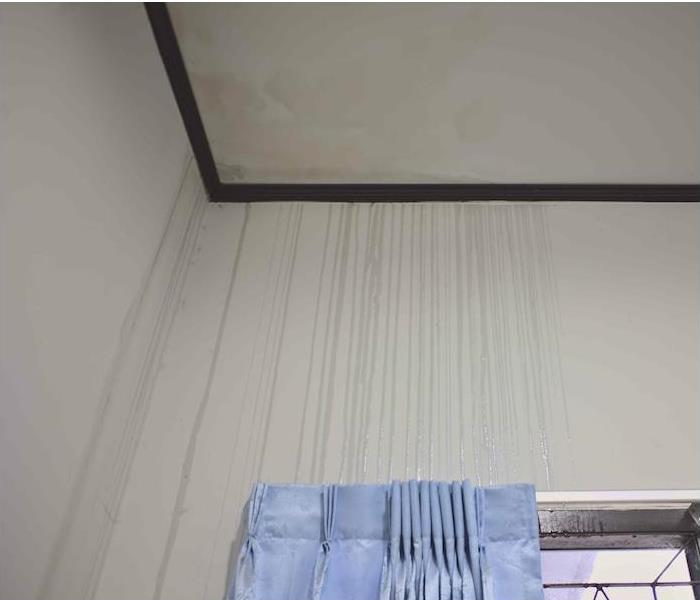The Most Common Sources of Water Leaks in the Home
10/12/2021 (Permalink)
 A water leak can turn into a big problem. Contact the SERVPRO of St. Joseph team if you are dealing with any water damage.
A water leak can turn into a big problem. Contact the SERVPRO of St. Joseph team if you are dealing with any water damage.
The Most Common Sources of Water Leaks in the Home | SERVPRO® of St. Joseph
Water disasters can be particularly challenging because they can affect so many parts of your home. When water infiltrates a home, whether slowly through a leak or quickly through a burst pipe, it can damage more than simply the structure of the home. Furniture, cloths, appliances—anything in your home is susceptible to water damage if you experience a water disaster.
Knowing how water can enter your home can help you prevent water disasters. Here are a few common sources of water damage:
Seals on faucets. Generally, faucets are fairly durable and should last 10 to 20 years before needing replacement. However, seals on faucets can degrade over time and fail. They usually start with a slow drip, and if not addressed, can manifest into a bigger problem.
Appliances. Water heaters, washing machines and dishwashers are three of the most leak-prone appliances. The water connections in these items tend to corrode over time, creating opportunity for leaks, spills—and in the case of water heaters, flat-out explosions.
Roof problems. Roof systems are designed and constructed specifically to provide protection to your home from weather. Besides sunshine, water is the most important item that a good roof system should repel. Dips and valleys on your roof are designed to channel water into gutters and down downspouts. Properly sized and debris-free gutters are key to moving water off the roof. Construction errors during shingle installation are not common, but do happen.
Drain lines mixed with sewer lines. This is uncommon for new construction over the last 50 years. However, older houses occasionally had drain and sewer lines interconnected. If your home is 50 years or older, investigate to make sure the drains are properly separated
Clogged drains. Excess food (or the wrong kind of food) can clog disposals, and hair and oil can clog drains and other pipes. Plunging too much or too hard can cause loose fittings to give way, spilling water under your sink.
Keeping up with the state of your systems that control water flow is the first step to avoiding a major water disaster. Periodic inspection of these systems can detect the signs of a pending leak. If you can catch the signs of wear before a leak occurs, you can save yourself a big headache.
If a water leak erupts into a big problem at home, you’ve got the best team in the business on your side. Contact SERVPRO today so we can get started.






 24/7 Emergency Service
24/7 Emergency Service